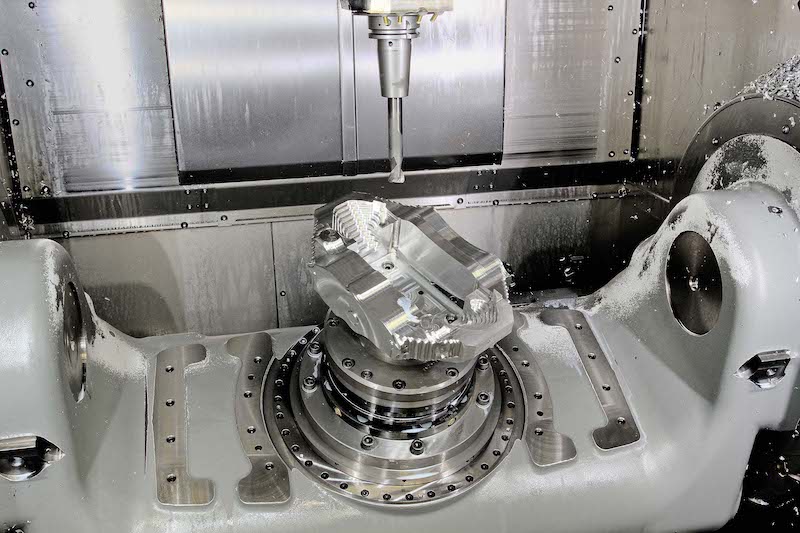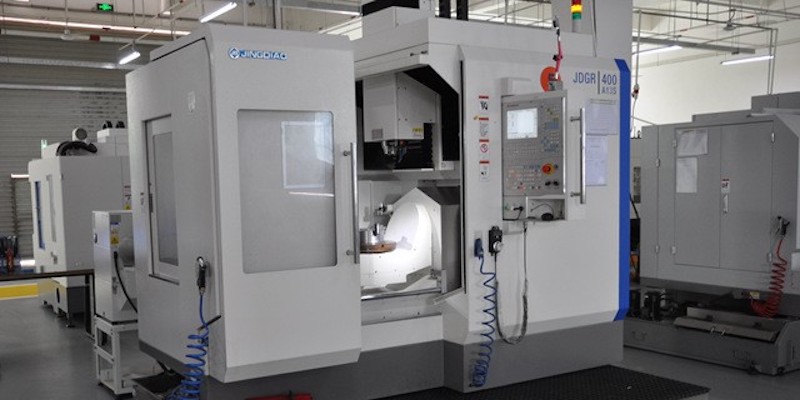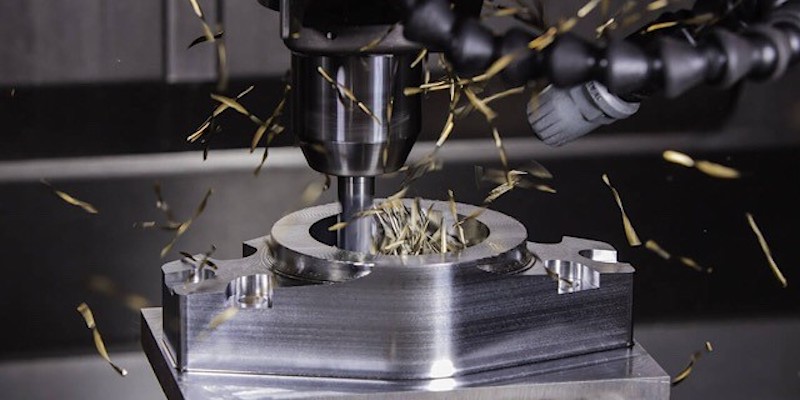Different Types of CNC Milling Machines
As the technology of manufacturing has advanced, so too has the technology used to create products. One such advancement is the use of CNC milling machines. When it comes to machining and fabricating parts, custom milling is one of the most popular methods.
There are different types of CNC milling machines, each with their own unique capabilities and features. In this blog post, we will take a look at some of the most common types of CNC milling machines. We will also discuss the advantages and disadvantages of each type.
1. Vertical Mill
A vertical mill is a type of milling machine that is commonly used in the machining and fabrication industries. These mills are designed to cut and shape materials such as metal, wood, and plastic with precision and accuracy. The vertical milling machine can also be used for drilling, boring, and reaming operations.
Unlike the horizontal mill, the vertical mill does not have a spindle axis that is parallel to the table surface. Instead, the spindle of a vertical mill is situated above the table surface and rotates in a direction that is perpendicular to the plane of the table. This unique design gives the vertical mill greater versatility than its horizontal counterpart.
The primary benefit of using a vertical milling machine is that it allows for greater control and accuracy when cutting and shaping materials. When working with a horizontal mill, the direction of the cuts is determined by the position of the spindle. This can make it difficult to achieve precision cuts. With a vertical mill, the direction of the cuts is determined by the position of the table. This allows for more accurate and precise cuts.
The other benefits of using a vertical milling machine include:
– Greater versatility in terms of the types of materials that can be cut or shaped.
– Increased accuracy and precision when cutting or shaping materials.
– Increased efficiency as the operator does not need to reposition the material being cut or shaped as often.
2. Horizontal Mill
A horizontal mill is a type of milling machine characterized by a horizontal orientation of the spindle. The spindle can be oriented either vertically or horizontally, and the table can be adjusted accordingly. Milling machines are used to create objects with complex geometries, such as gear teeth, slots, and grooves. Horizontal mills are also capable of performing more delicate work, such as creating angular cuts and contours.
Horizontal mills have several advantages over vertical mills.
First, they are more versatile because they can be used for a wider range of tasks.
Second, they typically have a larger working envelope than vertical mills, meaning that they can accommodate larger pieces of material.
Third, horizontal mills are generally more powerful than vertical mills, making them better suited for heavy-duty machining.
Fourth, horizontal mills tend to be more accurate than vertical mills, due to the fact that the spindle is mounted in a fixed position.
Finally, horizontal mills are typically easier to operate and maintain than vertical mills.
3. 3-axis Mill

3-axis mill is a type of milling machine that uses a rotating cutter to remove material from a workpiece in three directions (i.e., the x, y, and z axes). The cutting action of the milling machine removes material in the form of small chips. These chips can then be used for other purposes, such as turning them into powder or fabricating them into new products. 3-axis mills are typically used in industrial settings for machining metal parts, but they can also be used for woodworking and other materials.
The main advantage of using a 3-axis mill over a 2-axis mill is that it allows for more precision and control over the cutting process. In addition, 3-axis mills are typically more expensive than 2-axis mills. However, they offer a greater range of capabilities and can be used for more complex projects.
4. 4-Axis Mill
A 4-axis mill is a machine that can perform cutting and machining operations on materials along four different axes. This type of mill is often used in the manufacturing of medical and aerospace parts, as well as in the production of metal prototypes.
4-axis mills are generally more expensive than 3-axis mills, but they offer greater flexibility and accuracy.4-axis mills typically have a horizontal spindle that can be rotated to cut along different angles. The fourth axis of movement is often an optional rotary table that can be attached to the mill. This allows for even greater control over the cutting process, as well as the ability to create more complex shapes and designs. This increased flexibility can be a major advantage when working on projects that require intricate designs or unusual shapes.
When all four axes are used, the mill can create very precise and accurate cuts. This is ideal for applications where tolerances are critical, such as in the aerospace or medical industries. At the same time, sing all four axes simultaneously can significantly increase the speed at which a job can be completed. Because all four axes are used at the same time, there is no need to set up and reposition the mill for each individual cut. This can save a significant amount of time, especially on large or complex projects.
Many 4-axis mills also have built-in coolant systems to keep the materials from overheating during the machining process.
5. 5-Axis Mill
A 5-axis mill is a machine used for grinding or milling materials along five axes. This allows for a more precise and accurate cuts or milling than with other machines. 5-axis mills are often used in the aerospace and automotive industries, as well as in medical and dental manufacturing.
5-axis mills are incredibly versatile machines that can be used to create a wide variety of parts and components. In addition to their precision machining capabilities, 5-axis mills also offer a high degree of flexibility, as they can be quickly reprogrammed to produce different types of parts. This versatility makes them an essential piece of equipment for any modern manufacturing facility.

5-axis mills are available in a variety of sizes and configurations to suit the needs of any shop. Smaller 5-axis mills are typically used for prototyping or low-volume production, while larger machines are capable of handling high-volume jobs. Regardless of the size of the machine, all 5-axis mills share the same basic components: a base, a table, an X-axis guide, a Y-axis guide, a Z-axis guide, and one or more spindles.5-axis mills can be either horizontal or vertical.
These versatile machines offer a high degree of precision and flexibility, making them perfect for producing a wide variety of parts and components.

